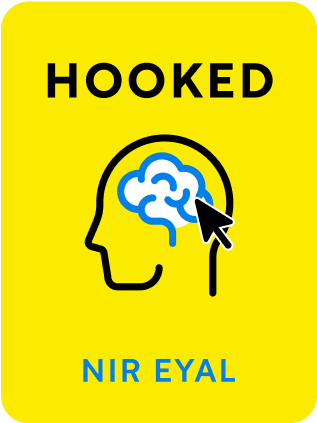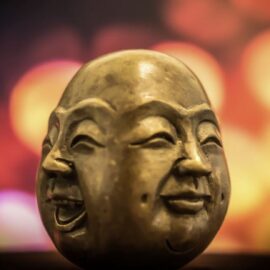

This article is an excerpt from the Shortform summary of "Hooked" by Nir Eyal and Ryan Hoover. Shortform has the world's best summaries of books you should be reading.
Like this article? Sign up for a free trial here .
What is the relationship between motivation and action? Can you have an action without motivation?
In the Hooked loop, triggers are followed by action. Without your action being done habitually, motivation and action must go together.
Read on to understand motivation and action.
The Action Phase
After the trigger, the user needs to perform the desired action.
To initiate action in a habit, doing must be easier than thinking. An action has three requirements:
- Sufficient motivation
- Sufficient ability
- A trigger to activate the behavior
Consider how you behave when you hear your phone vibrate. The trigger is there, but you might not have the motivation (it’s the end of the day and you want to shut the world out). Or if the phone is buried at the bottom of your bag, you have insufficient ability to get the phone. And if the phone is muted, you have no trigger to activate the behavior.
Relationship Between Motivation and Action
Motivation and action go together because motivation is the “energy for action.” All humans are motivated to:
- Seek pleasure and avoid pain
- Seek hope and avoid fear
- Seek social acceptance and avoid rejection
Advertising commonly employs these desires.
- Obama’s 2008 campaign posters inspired hope, and publicly belonging to the movement incurred a feeling of social acceptance.
- Sexual imagery is used often, from Victoria’s Secret to Carl’s Jr. (though the target market needs to associate sex as a motivator, like teenage boys).
- Budweiser rarely advertises the beer, instead showing men bro-ing out, associating the beer with good times. Coca-Cola is similar, showing friends and families having a good time.
- Using negative emotions as cautionary tales also works, invoking pain, fear, and rejection if you don’t buy this product.
Shortcuts to Increase Motivation
Cognitive biases affect all of us, causing things to see things as quite not objective. You can use cognitive biases and heuristics in your favor to increase motivation:
- Scarcity effect – the less of something there is, the more valuable it seems.
- Framing effect – the context around something changes its perception.
- Anchoring – people over-weigh the first piece of info they receive.
- Endowed progress – you complete more progress when you feel you have already made some progress.

———End of Preview———
Like what you just read? Read the rest of the world's best summary of Nir Eyal and Ryan Hoover's "Hooked" at Shortform .
Here's what you'll find in our full Hooked summary :
- The 4 key steps that addictive tech products use to ensnare you
- Why user rewards need to be random and variable to have the strongest effect
- How to build irresistible apps yoruself






